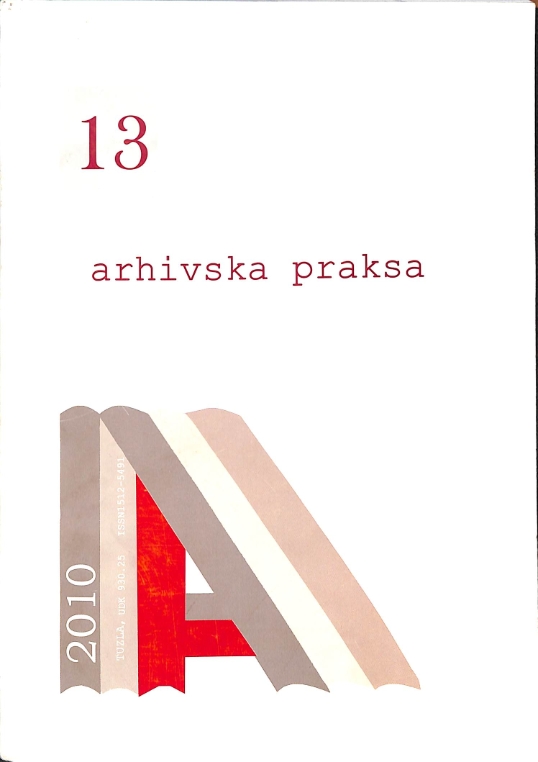PRILOG PROUČAVANJU ČETNIČKOG POKRETA, S POSEBNIM OSVRTOM NA RAZVOJ NJEGOVE VOJNE I CIVILNE ORGANIZACIJE U HERCEGOVINE
CONTRIBUTION TO THE STUDY OF CHETNIK MOVEMENT, WITH SPECIAL REFERENCE TO THE DEVELOPMENT OF HIS MILITARY AND CIVIL ORGANISATIONS IN HERZEGOVINA
Author(s): Adnan VelagićSubject(s): History of ideas, Local History / Microhistory, Military history, Political history, WW II and following years (1940 - 1949), Fascism, Nazism and WW II
Published by: Arhiv Tuzlanskog kantona
Keywords: Chetniks; Chetnik movement; ideology; military-political organization;
Summary/Abstract: Chetniks, as the organized expression of Greater Serbian hegemony, has a long tradition in the Serbian nacionalist circles. Since the nineteenth century, it was represented not only by the military-political component of the official organs of the Serbian authorities, but also features distinct ethnic origin, which is manifested through the way of dress and behavior, and emphasis on traditional Serbian emblems and symbols. By pursuing a policy of extreme chauvinism Chetniks became the most consistent supporters of Serbian nationalist program. Ideologically this movement that found its foundation in projects such as the Necertanija (Draft} and Homogenous Serbia. Establishment of chetnik guerrilla organizations in Herzegovina started in 1924., when in Mostar Association of Serbian Chetniks Petar Mrkonjic was formed. His task was to gather and organize the Serb population in Herzegovina, with the ultimate goal of including this area in the future composition of the Greater Serbian State. During World War II, the region of Herzegovina, in military terms, was the responsibility of the Command of operational unit in eastern Bosnia and Herzegovina. However, because of partisan operations during 1941 /41. the region of Herzegovina was isolated and placed under the jurisdiction of the Herzegovinian group of military-guerrilla detachments. On 1 of August 1942. by the decision of Mihailovic Herzegovina group of chetnik guerrilla units was abolished and work again renewed the operating units of eastern Bosnia and Herzegovina, whose jurisdiction has placed the entire region of Herzegovina.
Journal: Arhivska praksa
- Issue Year: 2010
- Issue No: 13
- Page Range: 396-409
- Page Count: 14
- Language: Bosnian, Croatian, Serbian

